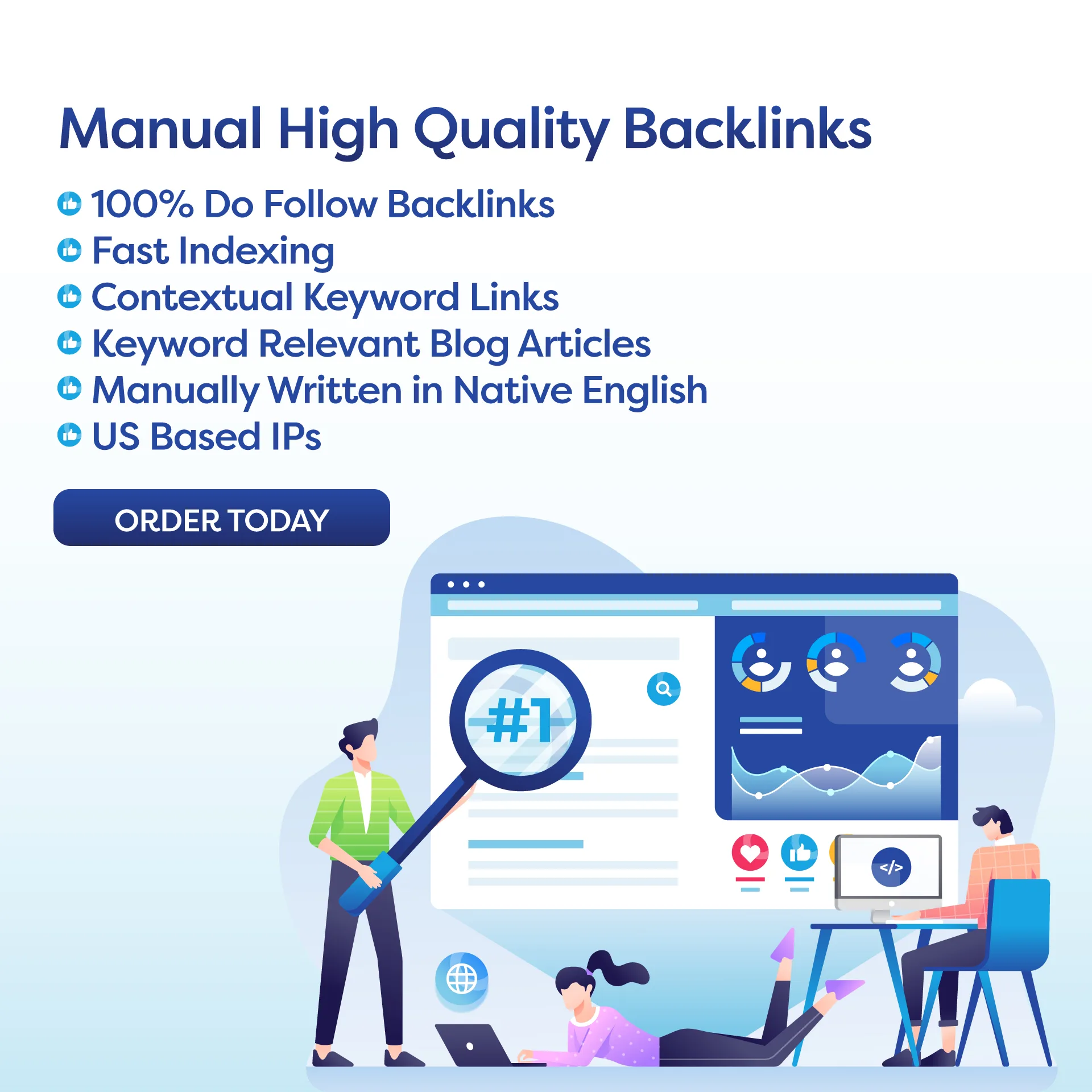Storytelling has always been a powerful way to communicate, teach, and entertain. In the context of an online business, storytelling transforms from a simple narrative practice into a strategic tool that can significantly enhance customer connection, engagement, and loyalty. This article delves into the power of storytelling in your online business and provides actionable tips on how to effectively weave stories into your brand to create meaningful connections with your customers.
Table of Contents
Why Storytelling Matters for Your Online BusinessHow to Use Storytelling in Your Online BusinessConclusion
Why Storytelling Matters for Your Online Business
In this digital era, consumers are exposed to numerous advertisements and marketing messages on a daily basis, making it difficult for businesses to stand out. Storytelling, however, can be an effective way to cut through the noise and connect with customers on an emotional level. It allows your brand to be remembered, shared, and valued. That’s why storytelling is a crucial element for online businesses.
Emotional Connection: Stories evoke emotions, and emotions drive decisions. By telling compelling stories, you create an emotional bond with your audience, making it easier for them to remember and choose your brand.
Differentiation: A unique story sets your brand apart from competitors. It highlights your uniqueness and gives customers a reason to pick you over others.
Trust and Credibility: Sharing your journey, challenges, and victories through storytelling builds transparency, fostering trust and credibility with your audience.
Enhanced Customer Engagement: Stories are more engaging than traditional marketing messages. A well-told story can captivate your audience, keeping them interested in what you have to say and offer.
How to Use Storytelling in Your Online Business
1. Know Your Audience
The first step to effective storytelling is understanding who you’re talking to. Identify your target audience’s needs, desires, and pain points. This knowledge enables you to craft stories that resonate with them on a personal level.
2. Define Your Brand Story
Your brand story is the foundation of your business. It’s not just about how your company came to be but also about your mission, vision, values, and the people behind your brand. This story should be authentic, relatable, and reflective of what you stand for.
3. Share Customer Success Stories
Nothing is more powerful than real stories of how your products or services have positively impacted your customers’ lives. These narratives not only demonstrate the value of your offerings but also create a community of brand advocates who feel seen and heard.
4. Use Multiple Platforms
Leverage the various online platforms at your disposal to tell your stories. Whether it’s through blog posts, social media, email newsletters, or video content, each platform offers unique ways to connect with your audience. Ensure consistency in your storytelling across all channels for a unified brand experience.
5. Incorporate Visuals and Multimedia
Incorporating visuals, videos, and other multimedia elements can greatly enhance your storytelling. These elements add depth to your narratives, making them more engaging and memorable.
6. Engage and Interact
Storytelling is not a one-way communication. Encourage your audience to share their own stories related to your brand. This engagement fosters a strong community and makes your customers feel valued and connected.
7. Continuously Evolve Your Story
As your business grows, so should your stories. Regularly update your narratives to reflect new milestones, challenges, and customer experiences. This keeps your content fresh and your audience engaged.
Conclusion
Incorporating storytelling into your online business strategy is a powerful tool that goes beyond just being a marketing tactic. It’s a way of adding meaning and personality to your brand by creating a deep and lasting connection with your customers. Storytelling can help your brand stand out in a crowded digital landscape, giving it a unique and relatable voice that resonates with your audience.
To effectively use storytelling in your online business strategy, you need to understand your audience’s needs, interests, and pain points. By creating content that is tailored to your audience, you can communicate your brand message in a way that is both compelling and relevant to them. This will help you build trust and credibility with your customers, which can lead to increased brand loyalty and advocacy.
Defining your brand story is another critical element of using storytelling in your online business strategy. Your brand story should communicate your values, mission, and vision in a way that is authentic and engaging. When customers can connect with your brand on a deeper level, they are more likely to form an emotional bond with your business and become loyal customers.
Sharing customer success stories is another effective way to use storytelling in your online business strategy. By highlighting the positive experiences of your customers, you can demonstrate the value of your products or services in a way that is relatable and authentic. This can also help you increase customer engagement by encouraging your audience to share their own experiences with your brand.
Finally, engaging with your community is critical to building a memorable and impactful online presence. By actively participating in conversations, responding to customer feedback, and providing value through your content, you can build a strong relationship with your audience that goes beyond just selling a product or service. This can help you create a loyal customer base that is invested in your brand and supports your business over the long term.

